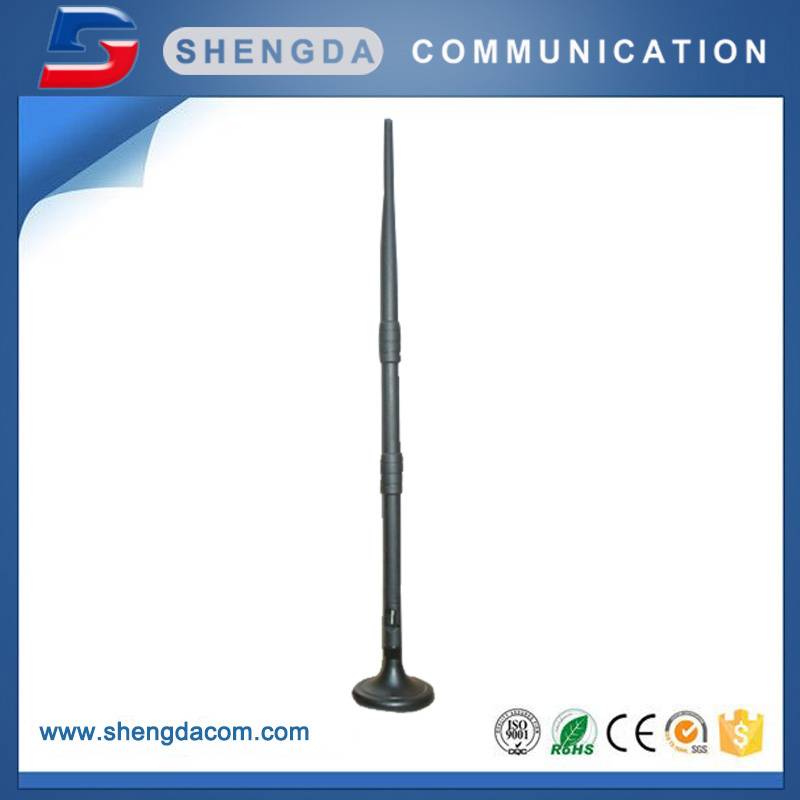
Angle Wifi Antenna Driver Antenna Installation
And I have added a 2x2x1/4 piece of angle to mount the antenna.Netgear recommends that the center antenna be vertical and the two outboard antennas be set at 45 degrees. Fitbit Versa 3Mobile HF Installation Part 3/4 (Screwdriver Antenna Installation) We have made some. Apple Watch Series 6 vs. If you point the antenna (s) in the ideal direction for your home layout and device locations, you will get a better signal and faster speeds. If you position the antenna at 45 degrees, you can visualise the ellipse tilting 45 degrees too. If you point the WiFi antenna horizontally, waves will be relayed vertically.
...


As you can see, speeds in my “good” zones improved considerably, with Zone B seeing the biggest jump in performance. I then swapped out the WRT 1200 AC for the WRT 1900 ACS, mostly so I could see what (if any) effect using a newer router with 2 additional antennas would have to my overall connectivity. For the baseline test with the original router, I took measurements in all six locations of the house. The rear antennas were at a 45-degree outward angle, the side antennas pointing straight up.2) Partially Elevated, Antenna Position 1: Identical to (1), but router placed on top of its cardboard package, four-and-a-half inches elevated from the surface of the filing cabinet3) Fully Elevated, Antenna Position 1: Identical to (1) but with the router placed on top of its cardboard box positioned vertically for a distance of 12.5 inches from the surface of the filing cabinet.4) Fully Elevated, Antenna Position 2: Identical to (3) but with side antennas set to a matching 45 degree outward angle as the rear antennas.5) Fully Elevated, Antenna Position 3: Identical to (3) but with side antennas set to a 90 degree outward angle (parallel to the floor).6) Original Placement, Antenna Position 3: Removed the cardboard box from config (5), but kept everything else the same.The chart requires a bit of explanation.
No amount of antenna angling can overcome the signal impediment that the metal filing cabinet throws into the mix.To find out why the combination of router height and antenna angles from Config #5 proved so successful, I reached out to Linksys Product Manager, Mathieu Whelan.“Most external antennas are dipole,” Whelan said. But was this massive speed bump simply a matter of angling two antennas?The last configuration (#6) where I keep the antennas the same but eliminate the cardboard box, tells the tale. Finally, speeds I can live with. Angling out the side antennas to match the rear antennas’ 45 degree slant (Config #4) finally bumped Zone D above 1Mbit/s, but the basement continued to stagnate.Then I angled the side antennas down to a 90-degree position (Config #5), and, BINGO! Speeds improved in Zone D by 2,000 percent, and in Zone F by a staggering 64,000 percent, over the previous configuration. Elevating the router further (Config #3) produced a similar increase in Zone D, but actually diminished the speed in Zone F. In fact, Zone F got worse (though I’m not sure how that’s even possible).Moving the router slightly from the metal surface (Config #2) of the filing cabinet certainly helped, but I was still stuck well under 1 Mbit/s.
Angle Wifi Antenna Series Of Donuts
“Generally, metal is pretty bad. However, this represents an optimal arrangement, without any impediments to the signals as they disperse around the house.Re-introduce an obstacle (like a metal filing cabinet) and you might as well not have those side antennas at all!This diagram makes it look like the signals can’t get to the bottom of the house, but in reality it’s more subtle. “If you angle the antenna parallel to the ground, that donut is now sitting vertically instead of horizontally,” Whelan pointed out.Sure enough, when you look at a diagram of our house — seen head-on so you can visualize these donuts — the starting antenna angles from Configuration #1 (45 degrees on the rear and straight up on the sides) creates a series of donuts that never come in direct contact with my two trouble spots.Which explains why, when you simply rotate the side antennas down to a 90 degree angle, the donut pattern changes too, resulting in way better overall coverage.Both the front room (Zone D) and the basement (Zone F) are now within the signal path created by the side antennas. When you angle the antenna at 45 degrees, you have to picture that donut tilting at 45 degrees as well.” Moving the donuts around has a direct impact on your coverage area. From the top-down it will look like a perfect circle.
With RF some of it will get through, but most of it will bounce back.” That’s why my trouble area had a signal — but only a weak one. “Light hits the metal of the filing cabinet and then bounces backward.


 0 kommentar(er)
0 kommentar(er)
